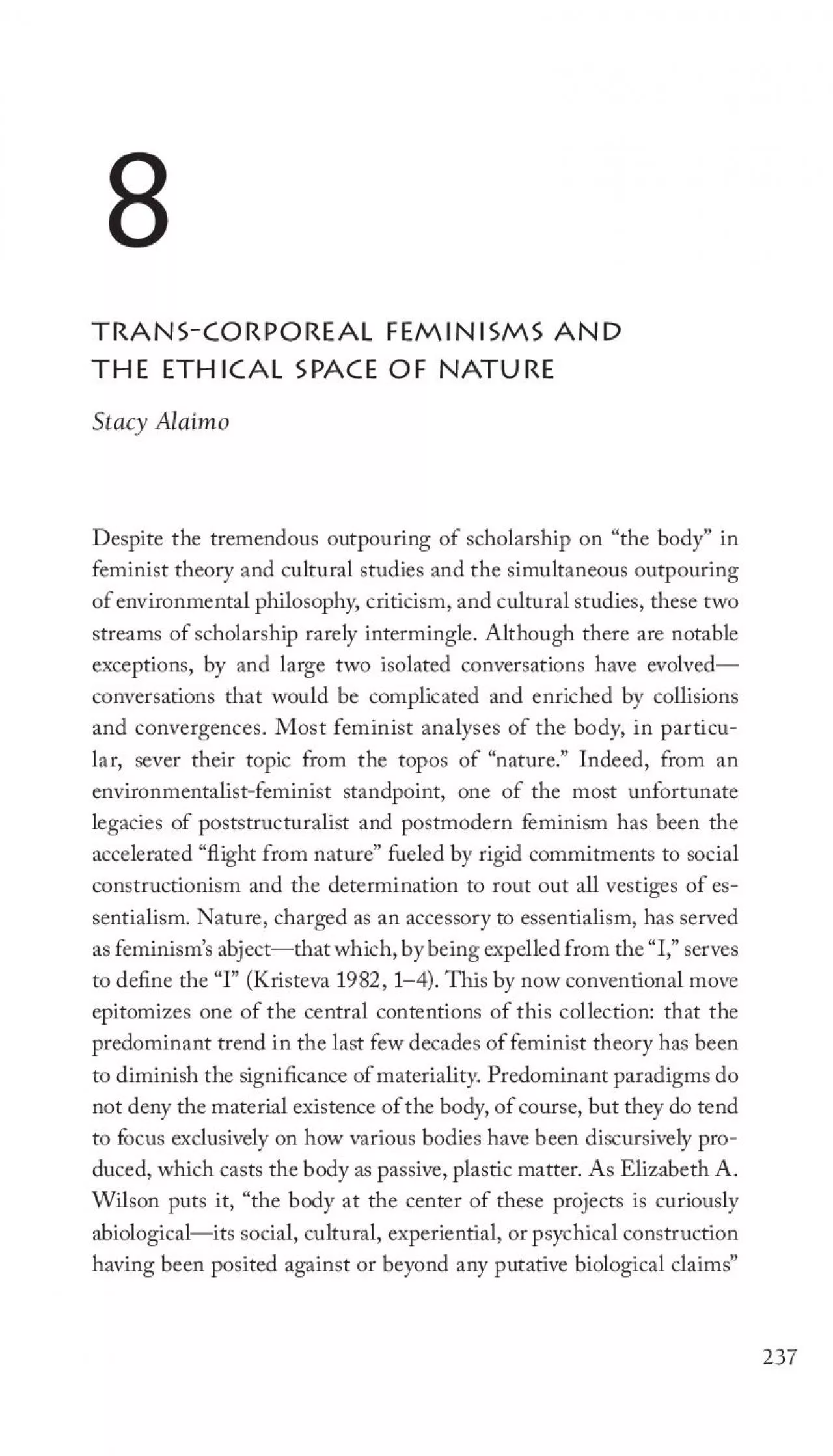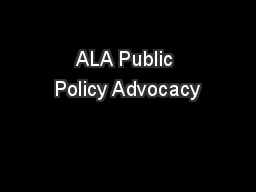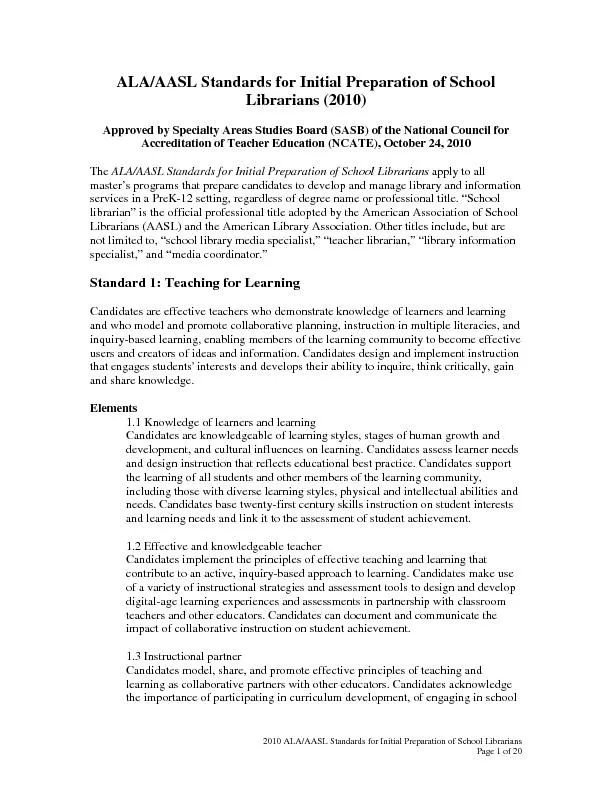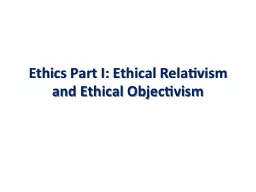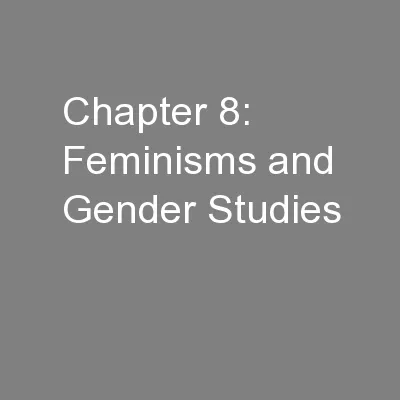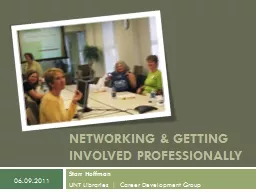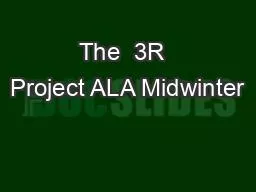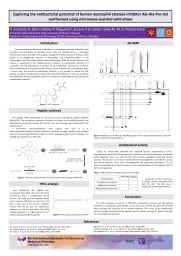PDF-237transcorporeal feminisms and the ethical space of natureStacy Ala
Author : sylvia | Published Date : 2022-08-25
2381998 15 Bracketing the biological body and thereby severing its evolutionary historical and ongoing interconnections with the material world may not be ethically
Presentation Embed Code
Download Presentation
Download Presentation The PPT/PDF document "237transcorporeal feminisms and the eth..." is the property of its rightful owner. Permission is granted to download and print the materials on this website for personal, non-commercial use only, and to display it on your personal computer provided you do not modify the materials and that you retain all copyright notices contained in the materials. By downloading content from our website, you accept the terms of this agreement.
237transcorporeal feminisms and the ethical space of natureStacy Ala: Transcript
Download Rules Of Document
"237transcorporeal feminisms and the ethical space of natureStacy Ala"The content belongs to its owner. You may download and print it for personal use, without modification, and keep all copyright notices. By downloading, you agree to these terms.
Related Documents

